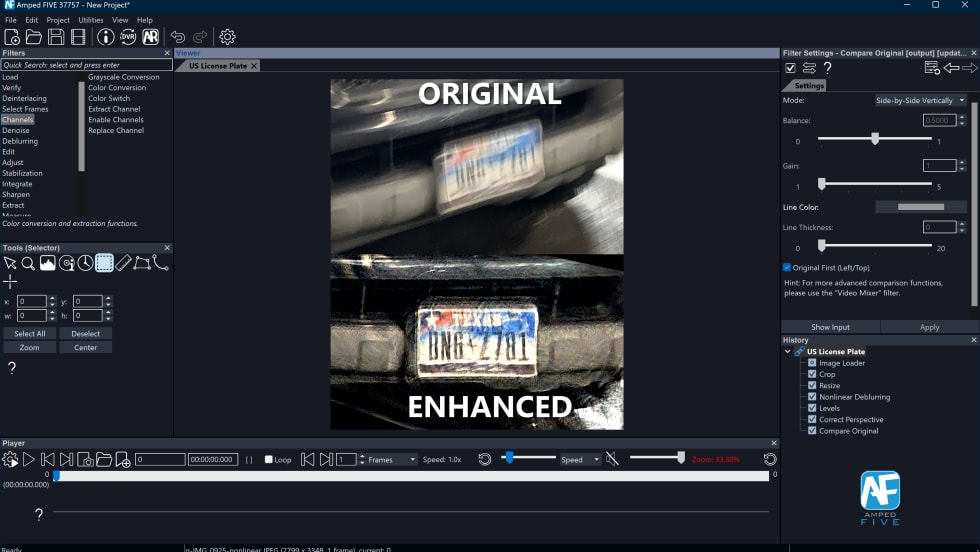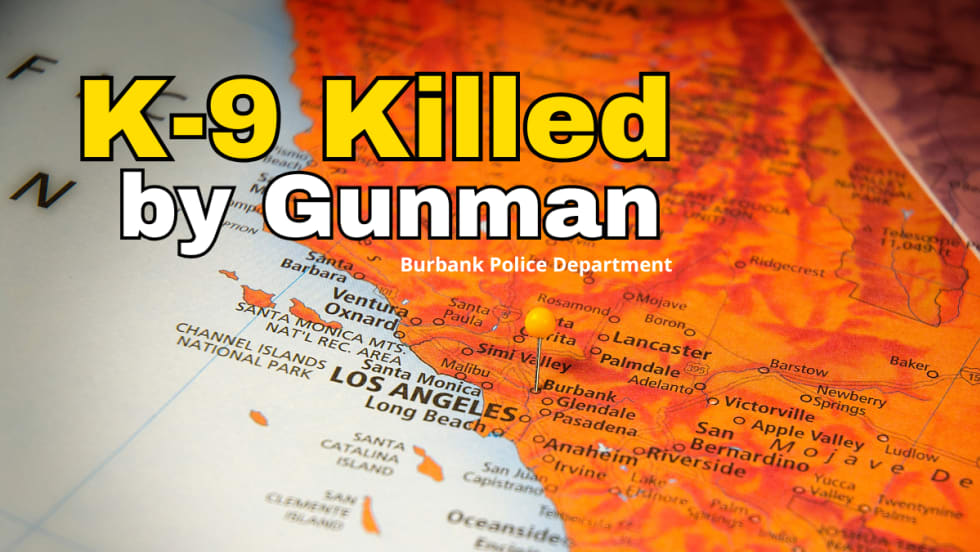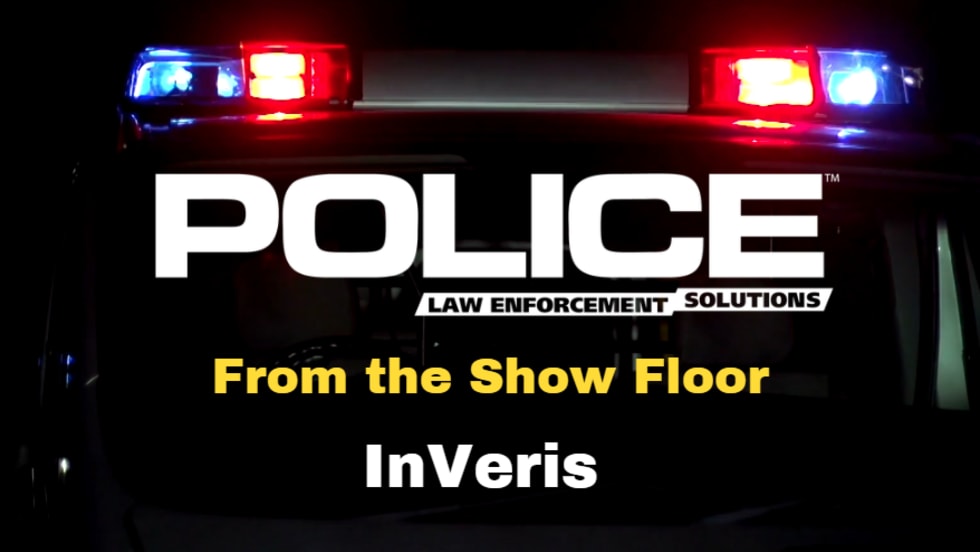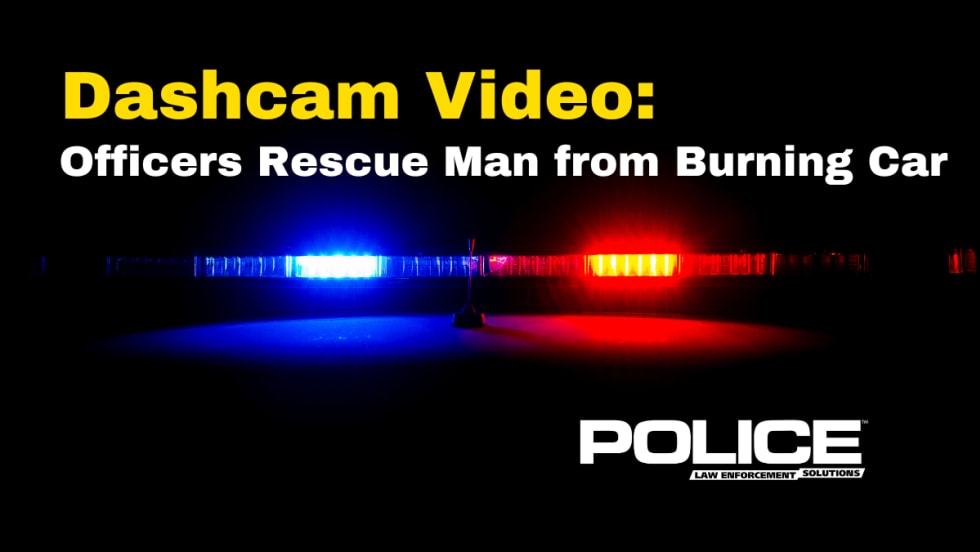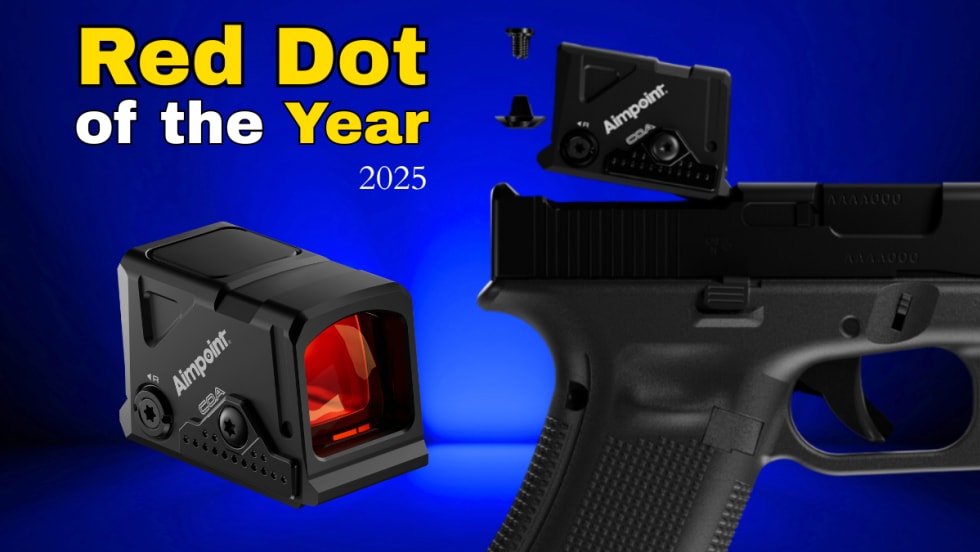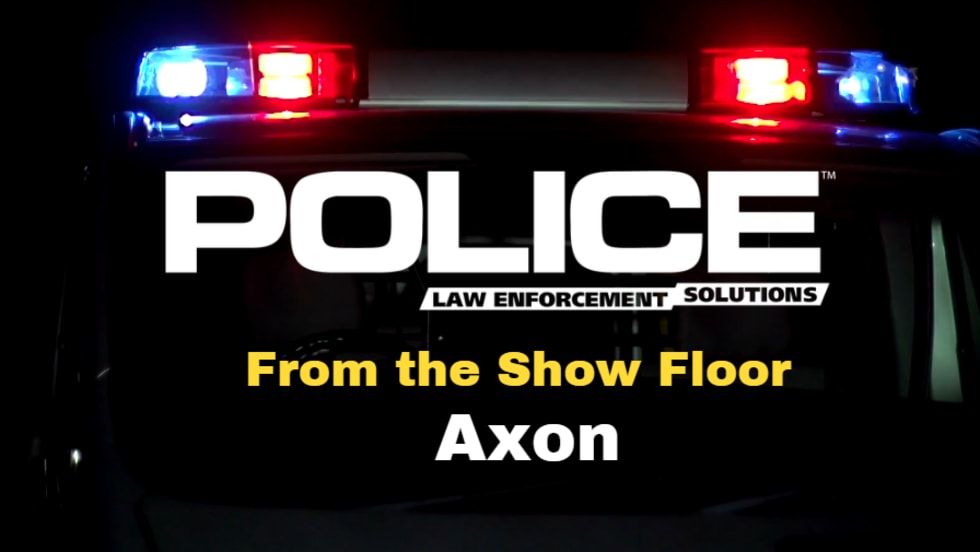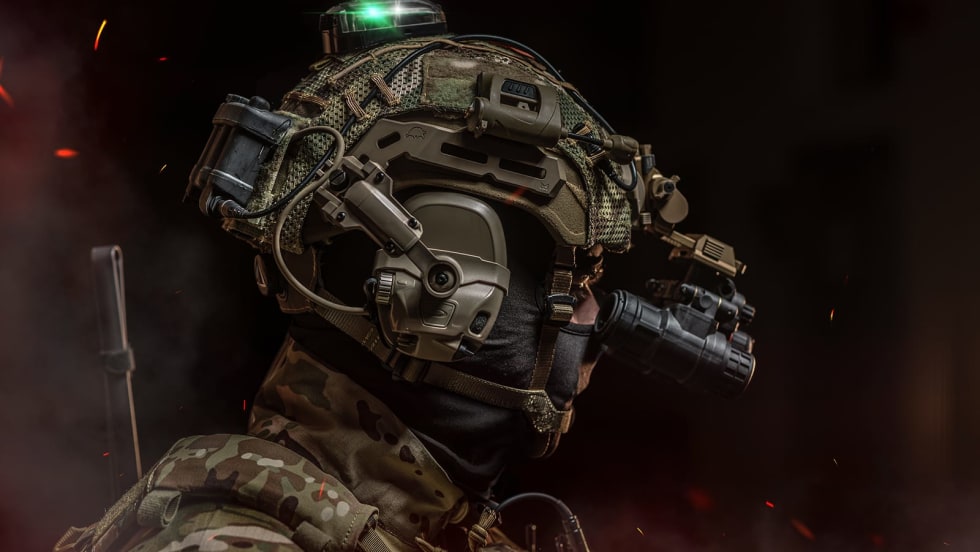Previously, officers were trained to turn the device on when they interacted with someone in what the camera policy described as an “enforcement related contact.”
Zimmerman said at a news conference on Thursday in front of police headquarters that officers will be told to turn the recording on before they arrive at calls that “are likely to result in enforcement contact.”
Rawshannehad was shot in an alley off Hancock Street by a veteran officer on April 30. Browder had been dispatched after 911 calls reported a man with a knife threatening people in the area, and the encounter with Rawshannehad was not recorded on his body-mounted camera,
U-T San Diego
reports.
Some 600 officers have been issued cameras in the Central, Mid-City, Southeastern, Western, Northern and Southern divisions as well as the Gang Suppression Unit.
Another 400 are planned to be purchased in the upcoming year for the Traffic, Eastern and Northern divisions. The units cost $299 or $499 depending on the model, according to the 2014 contract between the city and the
Taser
corporation, which sells the cameras.


